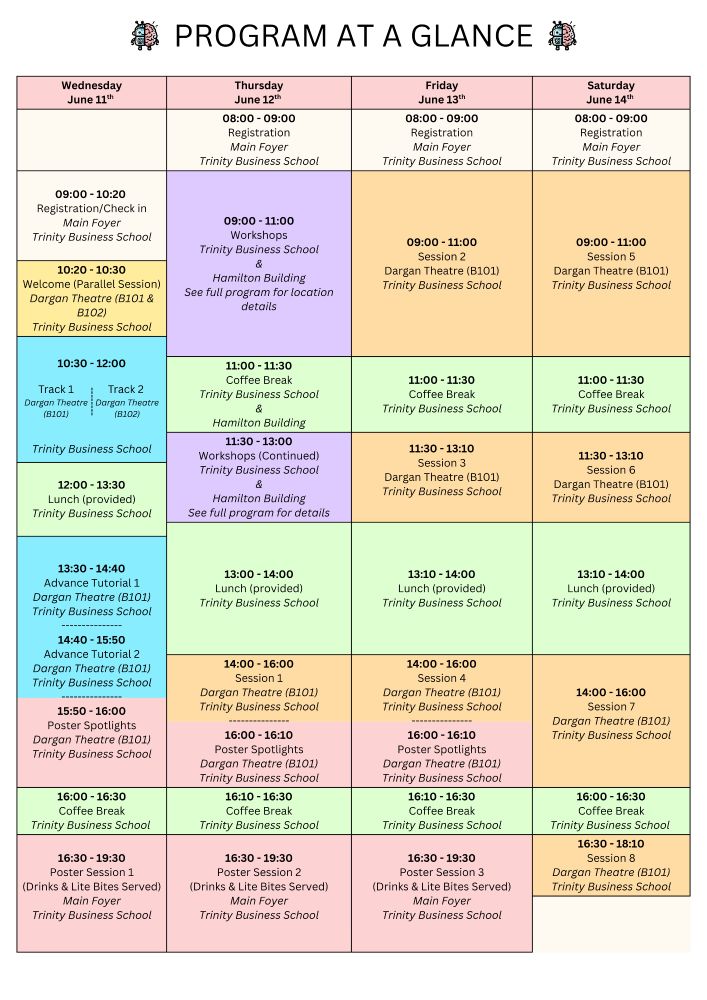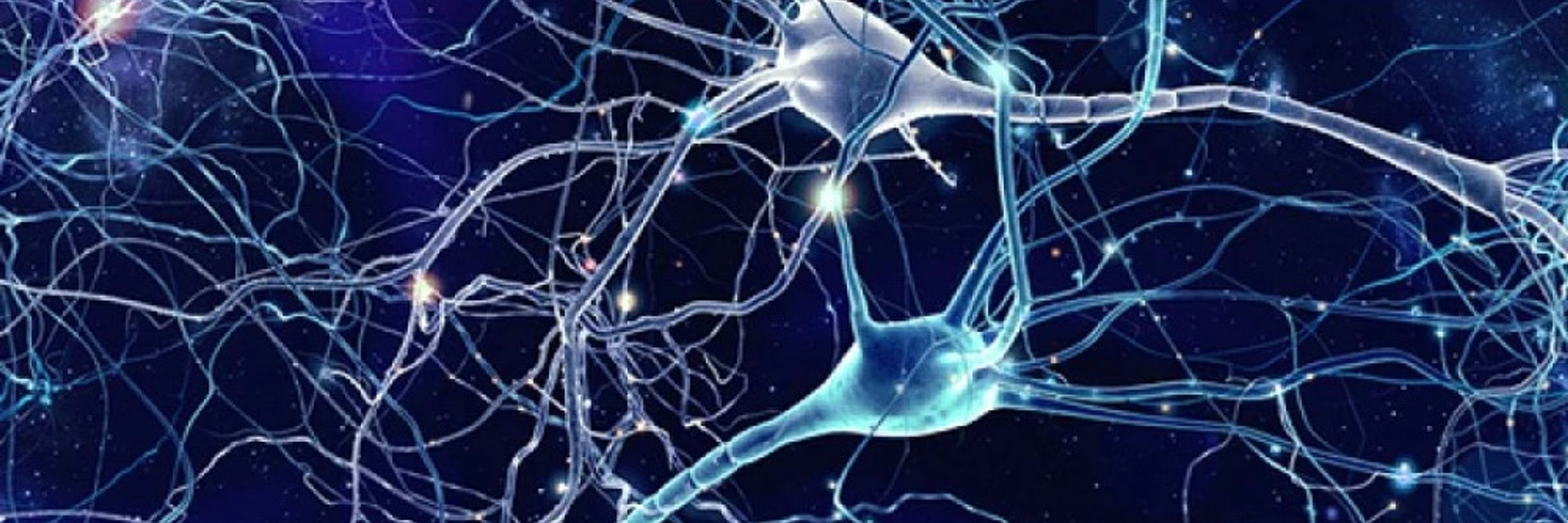

drive.google.com/file/d/19m8i...
drive.google.com/file/d/19m8i...

drive.google.com/file/d/19m8i...
@vpmurty.bsky.social describes his research for an SRNDNA Pilot Grant and finding inspiration at a haunted house. He also talks about moving his lab across country and the impact of a single line in his presentations.
Listen now: srndna.utdallas.edu/podcast/

@vpmurty.bsky.social describes his research for an SRNDNA Pilot Grant and finding inspiration at a haunted house. He also talks about moving his lab across country and the impact of a single line in his presentations.
Listen now: srndna.utdallas.edu/podcast/
In our review, we outline a neurocomputational framework where motivation biases perception and action via distinct neural systems:
👉 Amygdala & LC-NE boost what we want to see.
👉 Striatal dopamine biases what we choose to report.
www.sciencedirect.com/science/arti...
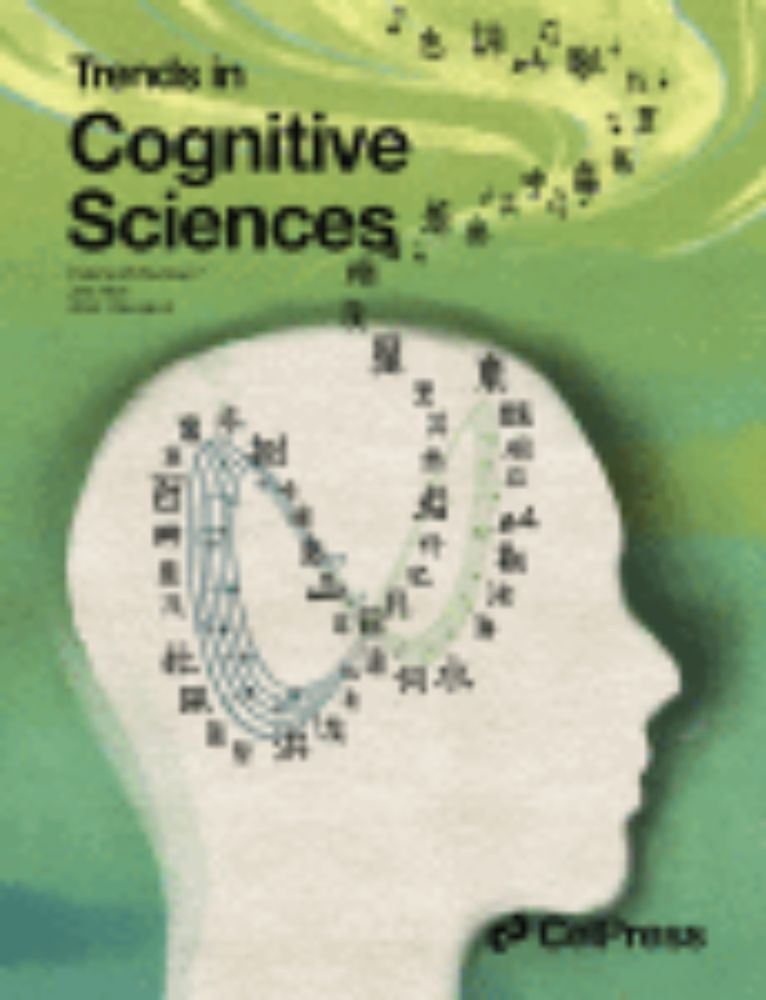
In our review, we outline a neurocomputational framework where motivation biases perception and action via distinct neural systems:
👉 Amygdala & LC-NE boost what we want to see.
👉 Striatal dopamine biases what we choose to report.
Check out the terrific speaker lineup:
🔗 sites.google.com/view/neurorl...
Co-organized with @angelaradulescu.bsky.social
@rldmdublin2025.bsky.social
Check out the terrific speaker lineup:
🔗 sites.google.com/view/neurorl...
Co-organized with @angelaradulescu.bsky.social
@rldmdublin2025.bsky.social
Join researchers from AI, neuroscience, psychology & beyond to explore the latest in reinforcement learning & decision making.
🎟️ Register now to secure your spot: rldm.org #ReinforcementLearning #AI #Neuroscience #CognitiveScience

Join researchers from AI, neuroscience, psychology & beyond to explore the latest in reinforcement learning & decision making.
🎟️ Register now to secure your spot: rldm.org #ReinforcementLearning #AI #Neuroscience #CognitiveScience
We show that the dopamine system responds to natural breakpoints in experience, and this relates to more stretched memories of time. Blinking also increases, signaling encoding of new memories.
www.biorxiv.org/content/10.1...

We show that the dopamine system responds to natural breakpoints in experience, and this relates to more stretched memories of time. Blinking also increases, signaling encoding of new memories.
www.biorxiv.org/content/10.1...
Memorability shapes perceived time (and vice versa)
#academicsky #neuroskyence #psychscisky #science
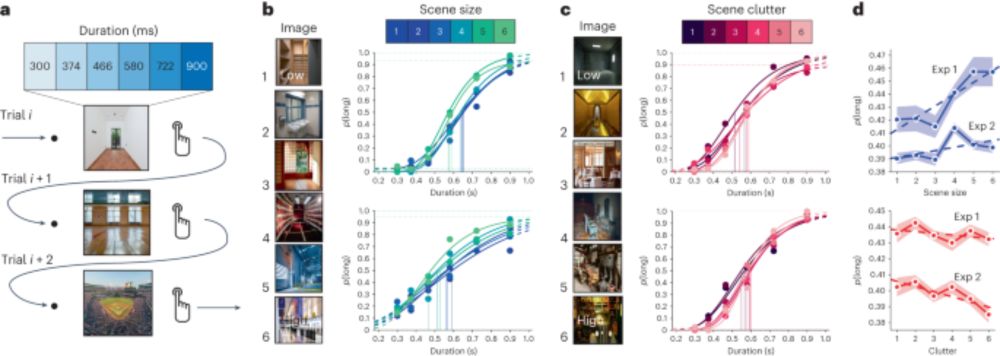
Memorability shapes perceived time (and vice versa)
#academicsky #neuroskyence #psychscisky #science

*I sweat a lot giving talks
*I sweat a lot giving talks
Catch us at:
Saturday 10:30–12:00: Datablitz Session 3 (Xinxu Shen)
Monday 10:00 AM: Symposium – Uncertainty resolution across learning, memory, and decision-making
Posters: Saturday 3:00–5:00 (A133), Monday 8:00–10:00 (D156), Tuesday 8:00–10:00 (F145)
Catch us at:
Saturday 10:30–12:00: Datablitz Session 3 (Xinxu Shen)
Monday 10:00 AM: Symposium – Uncertainty resolution across learning, memory, and decision-making
Posters: Saturday 3:00–5:00 (A133), Monday 8:00–10:00 (D156), Tuesday 8:00–10:00 (F145)

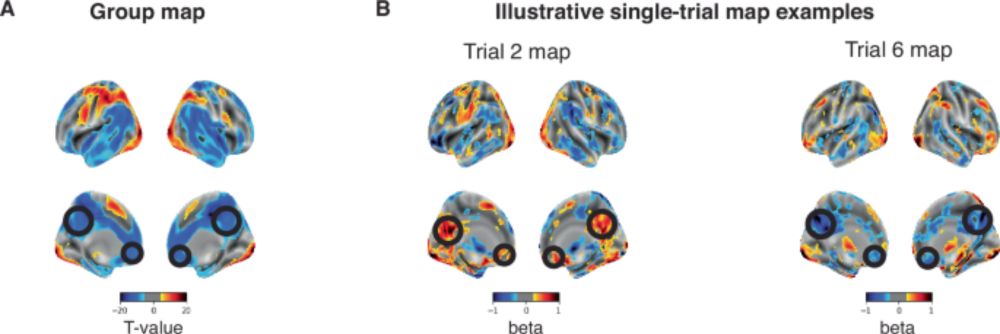
🔗 Register now: forms.gle/QZS1GkZhYGRF...
Register now to save €100 on your ticket. Early bird prices are only available until 1st April.

🔗 Register now: forms.gle/QZS1GkZhYGRF...
Register now to save €100 on your ticket. Early bird prices are only available until 1st April.
We are thrilled to announce a $1.5M award from the Chan Zuckerberg Initiative to support the Women’s Brain Health Initiative in advancing inclusive AI through multi-modal biomedical datasets.


We are thrilled to announce a $1.5M award from the Chan Zuckerberg Initiative to support the Women’s Brain Health Initiative in advancing inclusive AI through multi-modal biomedical datasets.
From Juliana Trach, @mdebettencourt.bsky.social , @angelaradulescu.bsky.social , and myself.
"Rewards Transiently and Automatically Enhance Sustained Attention."
t.co/r72fZRn3Nh
👇

From Juliana Trach, @mdebettencourt.bsky.social , @angelaradulescu.bsky.social , and myself.
"Rewards Transiently and Automatically Enhance Sustained Attention."
t.co/r72fZRn3Nh
👇
www.jmoodanxdisorders.org/article/S295...

www.jmoodanxdisorders.org/article/S295...
More workshop details coming soon :)
There were so many wonderful submissions---this was really tough for the committee. Huge thanks to all involved, and looking forward to seeing folks in Dublin
More workshop details coming soon :)
There were so many wonderful submissions---this was really tough for the committee. Huge thanks to all involved, and looking forward to seeing folks in Dublin
news.ucr.edu/articles/202...

news.ucr.edu/articles/202...
www.biorxiv.org/content/10.1...

www.biorxiv.org/content/10.1...
direct.mit.edu/jocn/article...

direct.mit.edu/jocn/article...
Submit your extended abstracts on "learning and decision-making over time to achieve a goal" to #RLDM2025. Successful applications will be selected for poster or oral presentation to an interdisciplinary audience.
🗓️ Deadline: Jan 15th
🔗 Learn more: rldm.org/call-for-abs...
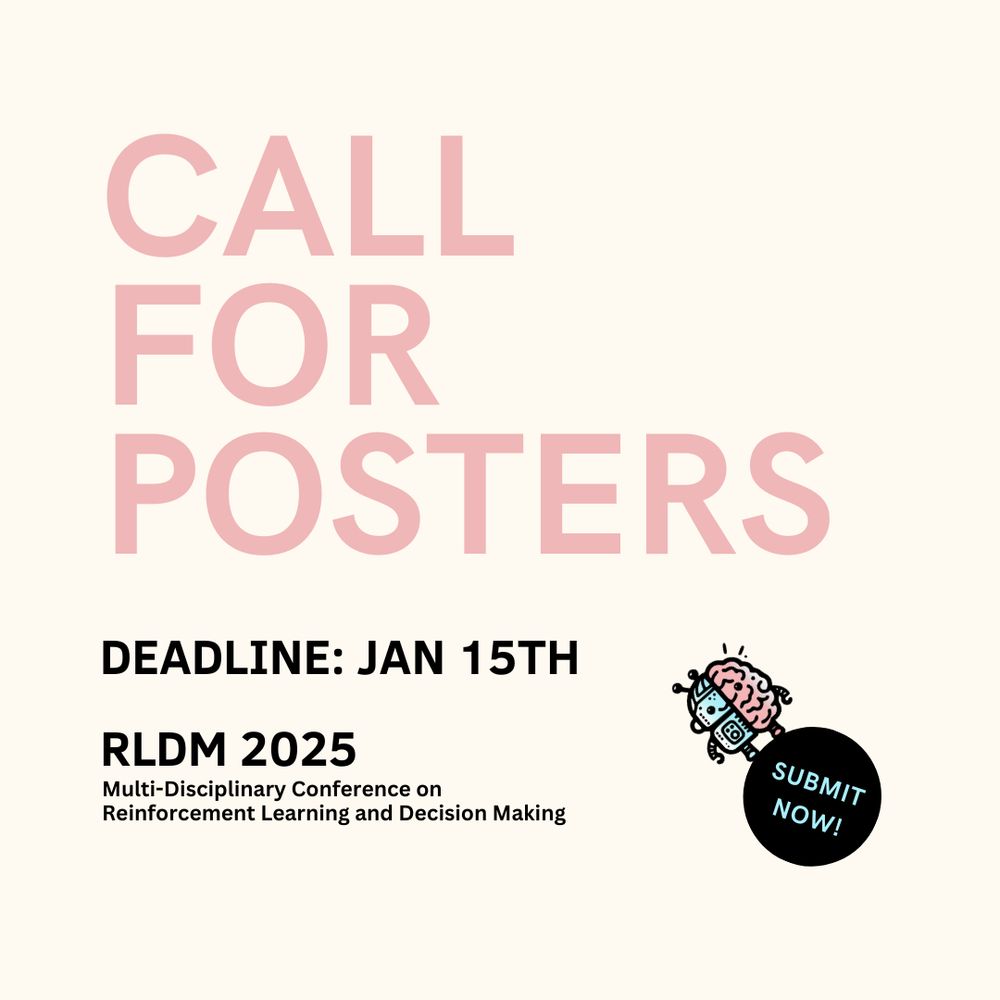
tldr: We ask participants to generate hierarchical plans in a programming game. People prefer to reuse beyond what standard accounts predict, which we formalize as induction of a grammar over actions.
authors.elsevier.com/a/1kBQr2Hx2x...
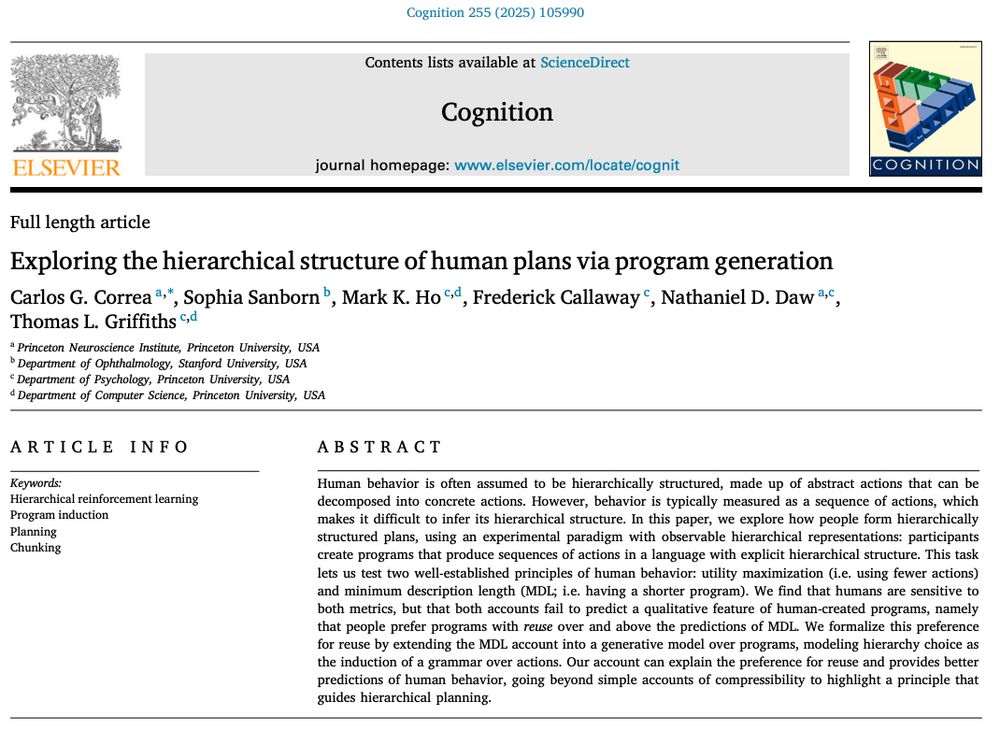
tldr: We ask participants to generate hierarchical plans in a programming game. People prefer to reuse beyond what standard accounts predict, which we formalize as induction of a grammar over actions.
authors.elsevier.com/a/1kBQr2Hx2x...


